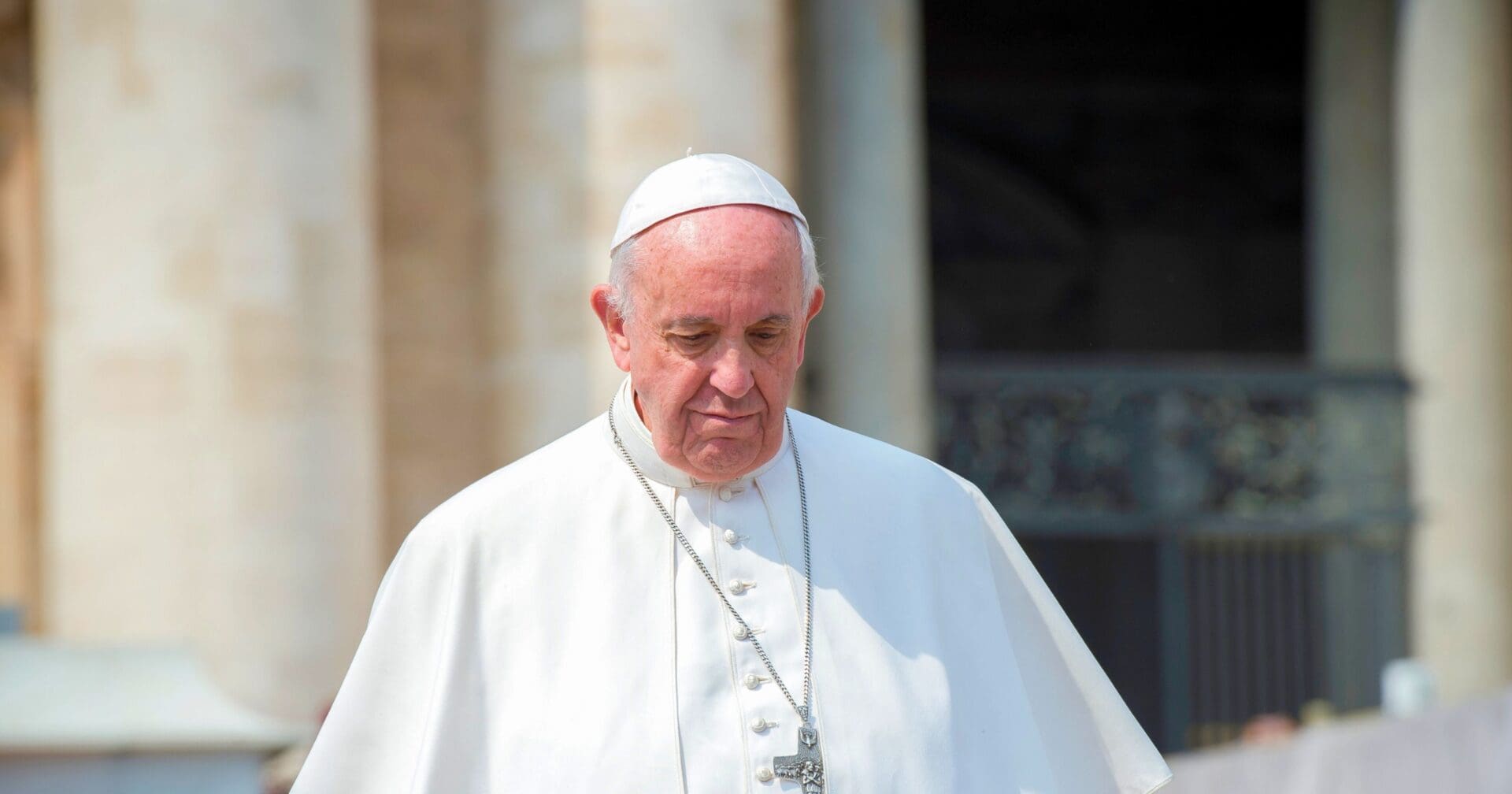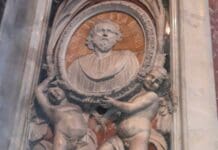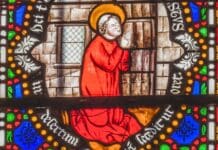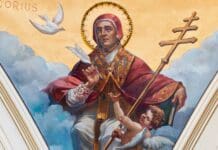Following the resignation of Pope Emeritus Benedict XVI, the Papal Conclave of 2013 was convened to elect his successor. On March 13th, 2013 white smoke was seen rising from the Sistine Chapel signaling the election of a new pope.
The conclave had elected Jorge Mario Bergoglio, at the time the Archbishop of Buenos Aires, Argentina. He took the papal name Francis after Saint Francis of Assisi and thus became Pope Francis. Or did he?
According to the annual directory book Annuario Pontificio published by the Vatican, the pope’s official title is:
“Bishop of Rome, Vicar of Jesus Christ, Successor of the Prince of the Apostles, Supreme Pontiff of the Universal Church, Primate of Italy, Archbishop and Metropolitan of the Roman Province, Sovereign of the Vatican City State, Servant of the servants of God.”
It might come as a surprise that of the eight titles bestowed upon the pope, pope isn’t actually one of them. What does each of them mean then? Let’s break down each title.
Bishop of Rome
The Diocese of Rome includes the city of Rome and the Vatican City State. Thus, the Bishop of Rome is ex officio the Pope.
Vicar of Jesus Christ
The original notion of a vicar means an earthly representative of God or Christ. As Jesus made Saint Peter, the first pope, his vicar in John 21:16-17, each successor to the papacy is thus the vicar of Jesus of Christ.
“He then said to him a second time, “Simon, son of John, do you love me?” He said to him, “Yes, Lord, you know that I love you.” He said to him, “Tend my sheep.”
He said to him the third time, “Simon, son of John, do you love me?” Peter was distressed that he had said to him a third time, “Do you love me?” and he said to him, “Lord, you know everything; you know that I love you.” Jesus said to him, “Feed my sheep.””
Successor of the Prince of the Apostles
This title references Saint Peter, the first pope of the Church. In Matthew 16:18, Jesus Christ deemed Saint Peter the Prince of the Apostles. All popes who come after him are his direct successors to the papacy and in turn the Successor of the Prince of the Apostles.
And so I say to you, you are Peter, and upon this rock I will build my church, and the gates of the netherworld shall not prevail against it.
Supreme Pontiff of the Universal Church
The term “pontiff” is derived from the Latin “pontifex”, which means “bridge builder”, designating a member of the college of priests in ancient Rome. By the 15th century, popes started to regularly use this title to indicate their position as the supreme member, or head of the Church.
Primate of Italy
From the Latin, “primus,” meaning the first one, primate is a title bestowed upon bishops. As the Bishop of Rome, the pope is also the Primate of Italy possessing a superior authority over other bishops of the various provinces of Italy.
Archbishop and Metropolitan of the Roman Province
Just as the pope is primate of all provinces in Italy, this title designates his authority of a single province, the Roman province.
Can. 435 states – “An ecclesiastical province is presided over by a Metropolitan, who is Archbishop in his own diocese. The office of Metropolitan is linked to an episcopal see, determined or approved by the Roman Pontiff.”
Sovereign of the Vatican City State
In settling the “Roman Question,” the Vatican City State was made a separate sovereign entity from Italy in 1929 by the Lateran Treaty. The Pope thus is sovereign over the Vatican City State as the head of the Church.
Servant of the servants of God
From the Latin, “servus servorum Dei,” the title was first used by Pope Saint Gregory I. The title is rooted in Matthew 20:26-27, where Jesus teaches the Apostles they are the servants to those that serve God.
But it shall not be so among you. Rather, whoever wishes to be great among you shall be your servant; He whoever wishes to be first among you shall be your slave.
If not included in the eight official titles, where does pope come from then? The title comes from the Greek “pappas,” an affectionate term for father. While originally being used as an honorific designation for any bishop starting from the 3rd century, it was later reserved for the Bishop of Rome by Pope Gregory VII in the 11th century.
Editorial credit: AM113 / Shutterstock.com


















Please Oh Lord let me be an instrument by way of your holy cross that saves someone’s world today. in the name of the Lord Amen..
I love this.good
[…] pope. As we see in Matthew 16:18, Jesus Christ founded His Church upon Peter, making him the first Vicar of Jesus Christ and establishing the papacy. With his ordination as the first pope, the papal line of succession […]
Go to Google “List of popes in order”, 2nd, 3rd, 4th are St. Linus (67-76), St. Anacletus (Cletus) (76-88)
St. Clement I (88-97).
The Bible no where mentions Peter as a pope or anything about a papacy. It was upon the type of faith that Peter was exemplifying that Jesus would build His church and not the man himself. No where in the Bible are we instructed to pray to Mary or any other saints. Jesus said that no man cometh unto the Father but by me. Not Mary, Francis, John, or any other Catholic saint. Catholic history is full of corruption, murder, deceit, evil, political corruption, idol worship and so forth. The church that Jesus was trying to establish did not look anything like the Roman Catholic Church of today. Don’t get me wrong. There are some wonderful Roman Catholic Christians of which my mother is one. But there is way too much emphasis placed on the Pope, Mary, Roman Catholic church and the saints and way too little emphasis on Jesus.
[…] signifying a man has been elected to the papacy, he chooses a papal name and is bestowed with eight official titles. It might surprise you that of those eight titles, pope is not one of them. So then, why do we call […]